Important proportions
The ratio of the height at the withers to the body length (from the top of the shoulder blade to the hip bone) is 10:11, although the body length in female dogs is slightly longer than in dogs.
HEAD
CRANIALITY:
Skull: size is proportional to body size. The frontal part is wide with a distinct furrow without wrinkles.
Stop: well marked.
CRANIAL REGION
Nose: large, black. Only in the case of white-coated dogs, flesh-colored dogs are allowed, but black remains the preferred color.
Muzzle: moderately long, strong, wide and deep. Tapered but not pointed.
Nose bridge: simple.
Jaws/teeth: strong teeth with a scissors bite, tight lips.
Cheeks: moderately developed.
Eyes: relatively small, almost triangular in shape. The outer corner of the eye is slightly pulled upwards. Moderately widely spaced and dark brown in color, the darker the better.
Ears: relatively small, quite thick, triangular with slightly rounded ends. Set not too far apart, positioned, slightly inclined towards the front.
Neck: thick and muscular, in proper proportion to the head.
TORSO
Ridge: simple, strong.
Loins: wide, muscular.
Chest: deep, well developed, ribs moderately sprung.
Belly: pulled up.
TAIL
Set high, thick, carried strongly curled over the back, with the tail lowered and reaching almost to the hocks.
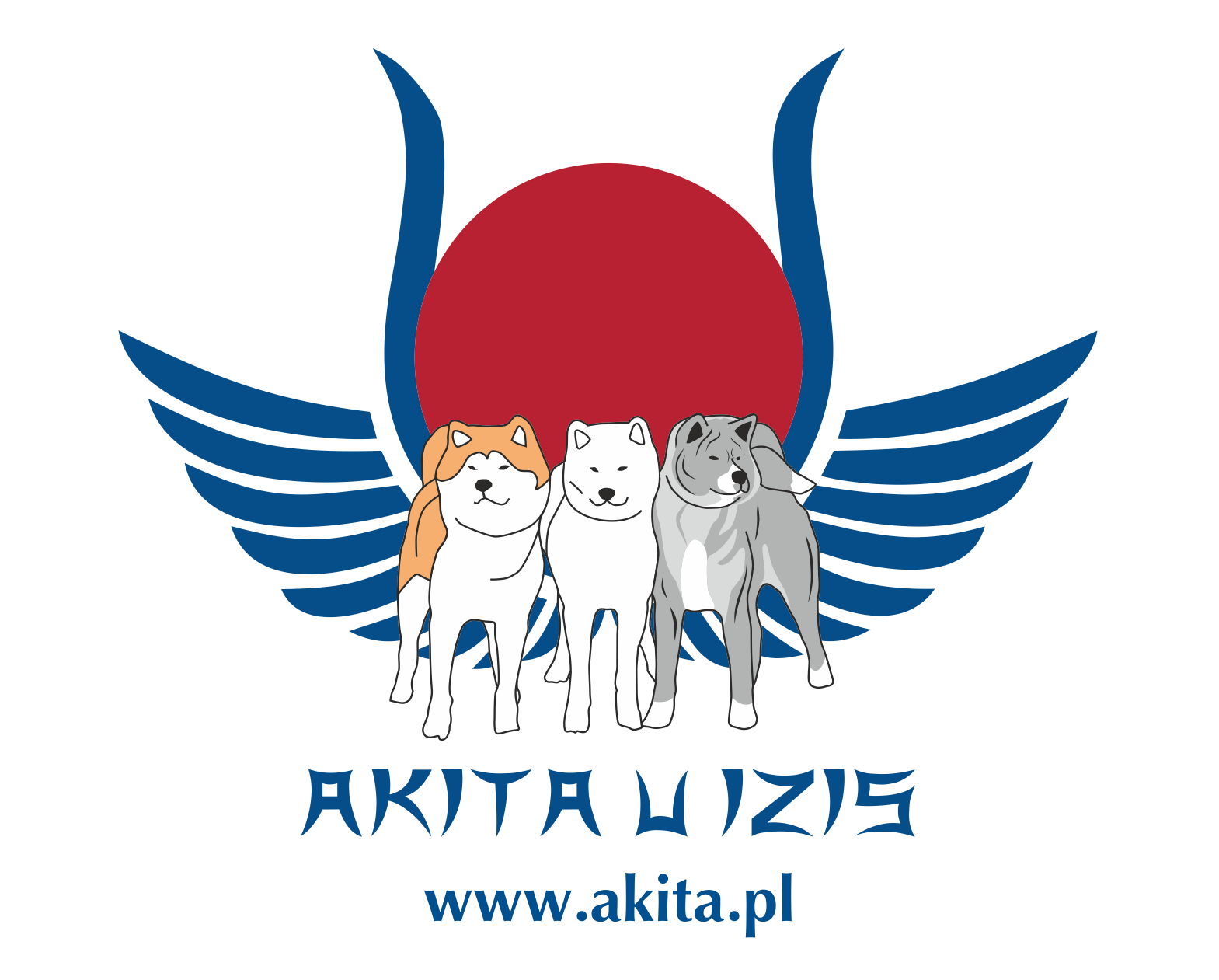
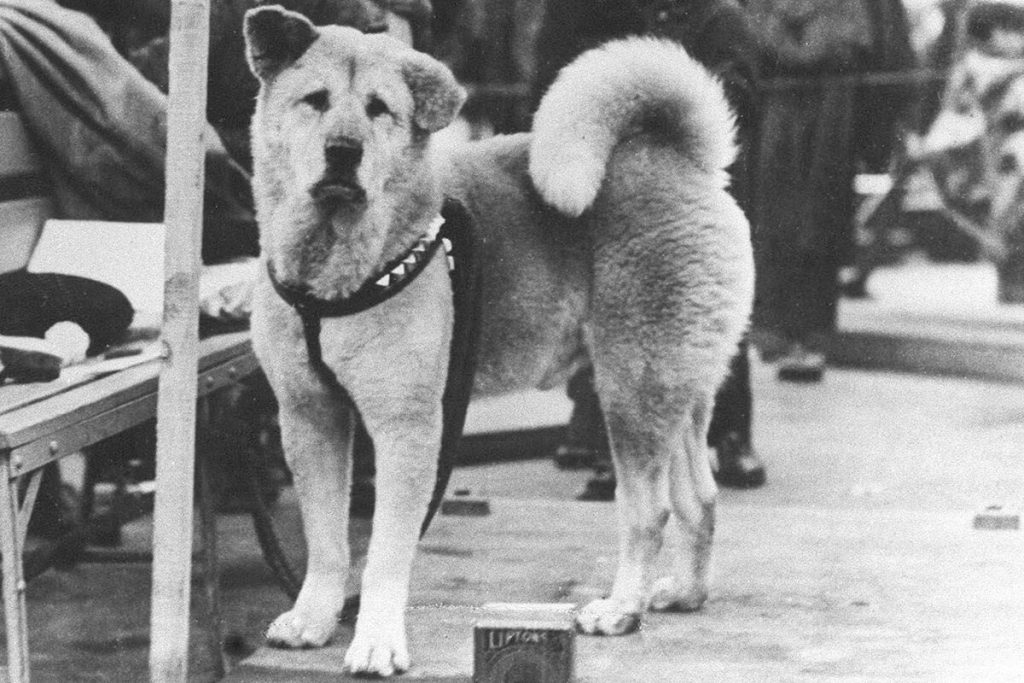
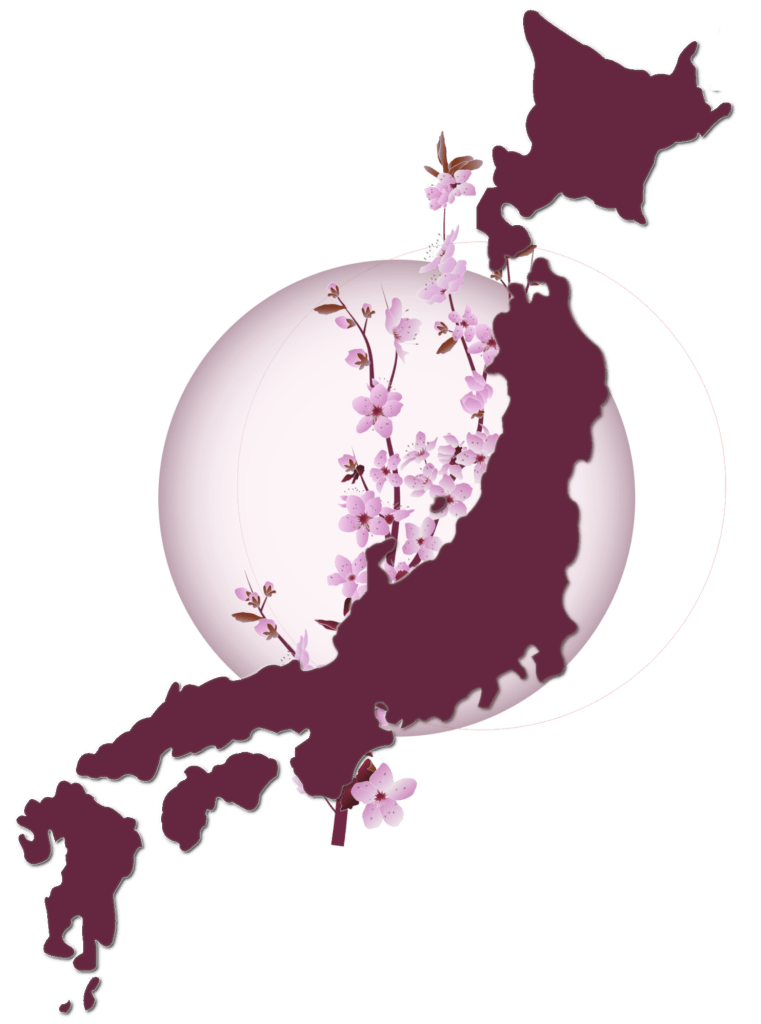
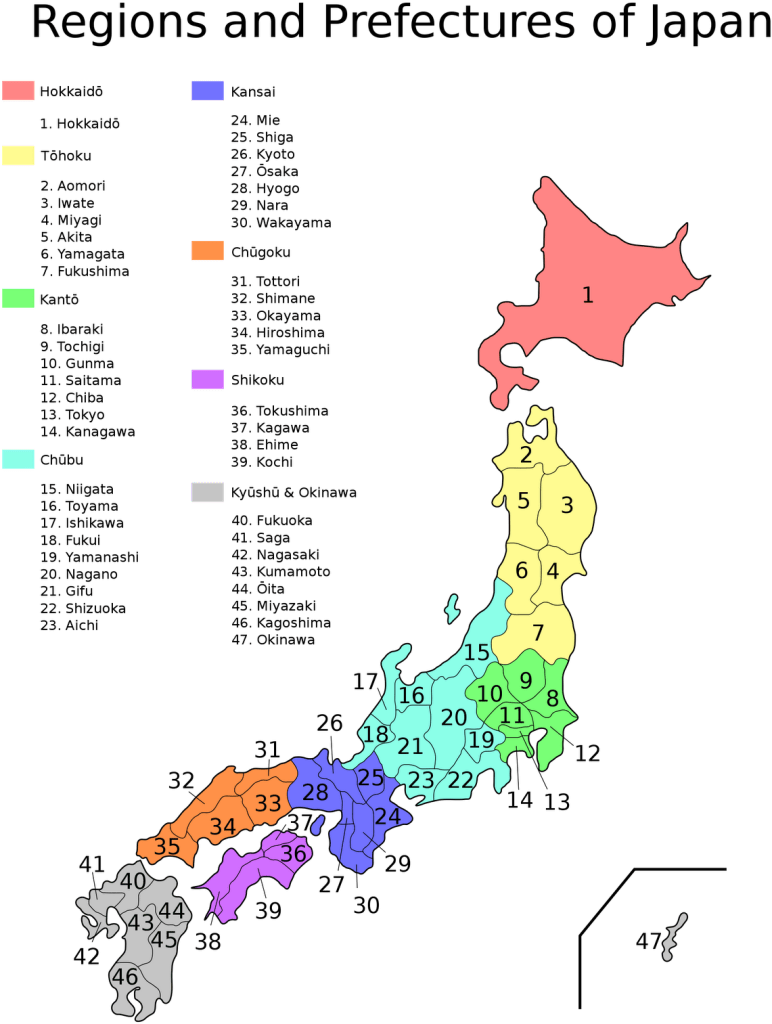 Akita-inu (inu - dog in Japanese) is a breed of hunting Japanese Spitz, originally intended for hunting the largest game - wild boar and bear, and for pulling heavy loads. Like all the others, it was created as a result of mixing dingoes with northern spitz dogs. These dogs came to Japan with subsequent settlers - starting around 15,000 BC to 300 BC
Akita-inu (inu - dog in Japanese) is a breed of hunting Japanese Spitz, originally intended for hunting the largest game - wild boar and bear, and for pulling heavy loads. Like all the others, it was created as a result of mixing dingoes with northern spitz dogs. These dogs came to Japan with subsequent settlers - starting around 15,000 BC to 300 BC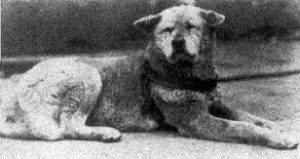
 Another example of the extraordinary devotion of these dogs to humans is the story of twelve Akita dogs that took part in a scientific expedition to the South Pole in 1957. Japanese polar explorers took with them 20 Akita dogs to pull sleds. Difficult weather conditions forced them to interrupt the expedition. They left sled dogs and all their equipment in the ice of Antarctica, causing outrage among animal lovers from all over the world. They returned there only after three years. We can imagine their complete surprise when they were greeted on site by 12 of the 20 dogs left behind, all completely healthy. They survived thanks to their incredible, almost impossible for other breeds, ability to adapt to very difficult climatic conditions. They probably ate seals and other animals, which they often hunted even at a distance of 100 km from the camp. It is possible that the eight missing dogs - due to extreme conditions - were eaten by surviving animals. However, they kept returning to the place where people had left them to the elements. They were waiting for the return of those they once loved.
Another example of the extraordinary devotion of these dogs to humans is the story of twelve Akita dogs that took part in a scientific expedition to the South Pole in 1957. Japanese polar explorers took with them 20 Akita dogs to pull sleds. Difficult weather conditions forced them to interrupt the expedition. They left sled dogs and all their equipment in the ice of Antarctica, causing outrage among animal lovers from all over the world. They returned there only after three years. We can imagine their complete surprise when they were greeted on site by 12 of the 20 dogs left behind, all completely healthy. They survived thanks to their incredible, almost impossible for other breeds, ability to adapt to very difficult climatic conditions. They probably ate seals and other animals, which they often hunted even at a distance of 100 km from the camp. It is possible that the eight missing dogs - due to extreme conditions - were eaten by surviving animals. However, they kept returning to the place where people had left them to the elements. They were waiting for the return of those they once loved.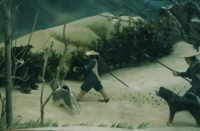 These naturally quiet dogs also worked as guard dogs, protecting livestock from wild boars and other predators. The Akita-inu was left as the only guardian of the area and had to decide who to consider as an intruder. As a completely incorruptible dog, he was valued primarily for his extraordinary qualities: great independence and at the same time extraordinary loyalty to the owner.
These naturally quiet dogs also worked as guard dogs, protecting livestock from wild boars and other predators. The Akita-inu was left as the only guardian of the area and had to decide who to consider as an intruder. As a completely incorruptible dog, he was valued primarily for his extraordinary qualities: great independence and at the same time extraordinary loyalty to the owner.
